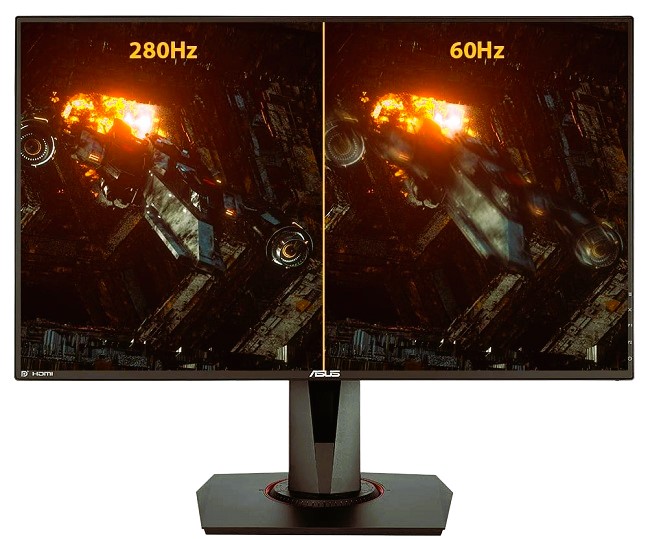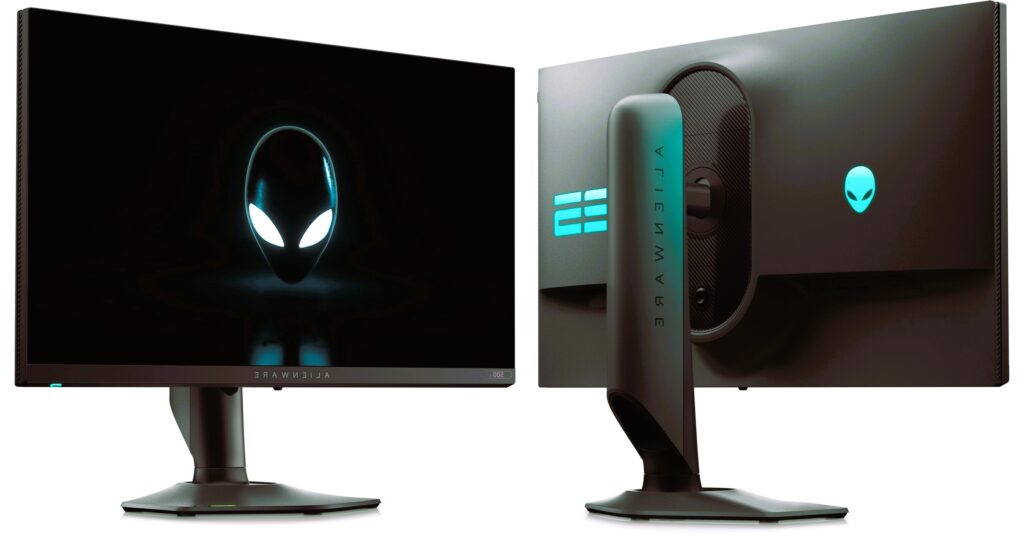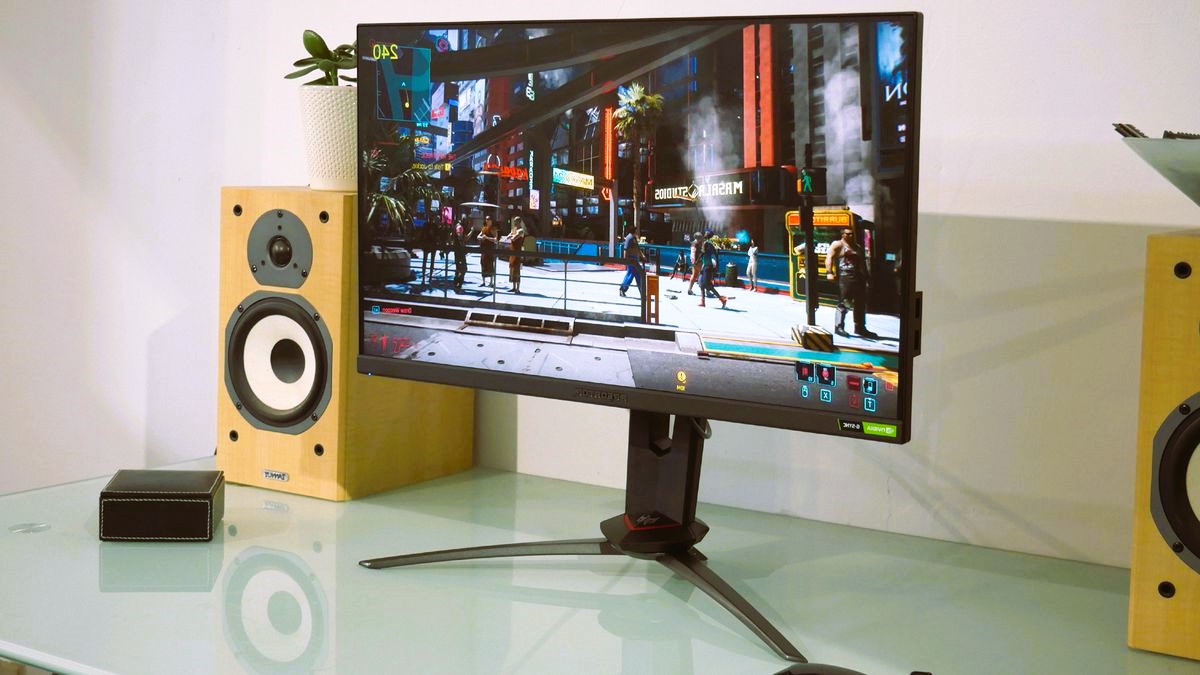In the world of gaming, the refresh rate of your monitor plays a crucial role in determining the quality of your gaming experience. As technology continues to advance, understanding the impact of monitor refresh rate is essential for both casual and competitive gamers. This article explores how refresh rate affects gaming quality, the benefits of higher refresh rates, and why you might want to consider upgrading your monitor playing at minecraft server hosting server.
1. Understanding Refresh Rate
1.1. Definition of Refresh Rate
Refresh rate, measured in Hertz (Hz), refers to how many times per second a monitor refreshes its image. For example, a 60Hz refresh rate means the monitor refreshes the image 60 times per second. This metric is crucial because it directly influences how smooth and fluid the image appears on screen.
1.2. Impact on Visual Smoothness
A higher refresh rate results in smoother and more fluid motion. This is particularly noticeable during fast-paced gaming sequences, where quick movements and rapid camera changes can create a more seamless visual experience. Lower refresh rates can lead to choppy visuals and motion blur, which can detract from the overall gaming experience.
2. Benefits of Higher Refresh Rates

2.1. Enhanced Gaming Experience
Higher refresh rates, such as 120Hz, 144Hz, or even 240Hz, offer several advantages:
- Smoother Motion: Higher refresh rates reduce motion blur and ghosting, making fast-moving scenes appear clearer and more fluid.
- Improved Responsiveness: With a higher refresh rate, the delay between input (e.g., moving the mouse) and the on-screen action is minimized, resulting in a more responsive gaming experience.
- Better Competitive Edge: In competitive gaming, a higher refresh rate can provide a significant advantage by improving reaction times and accuracy. Gamers with 144Hz or 240Hz monitors often report a competitive edge in fast-paced games.
2.2. Reduced Screen Tearing
Screen tearing occurs when the monitor’s refresh rate and the graphics card’s frame rate are out of sync, causing parts of multiple frames to be displayed simultaneously. Higher refresh rates can help reduce the visibility of screen tearing by providing a smoother and more continuous image. For even better results, technologies like NVIDIA G-SYNC and AMD FreeSync synchronize the monitor’s refresh rate with the graphics card’s output, further reducing tearing. Read our secrets for improving performance in popular games.
3. Choosing the Right Refresh Rate
3.1. 60Hz Monitors
While 60Hz monitors are common and generally adequate for everyday tasks and casual gaming, they may not provide the best experience for fast-paced or competitive gaming. If you are looking to upgrade or enhance your gaming setup, a higher refresh rate monitor may be a better choice.
3.2. 120Hz and 144Hz Monitors
Monitors with 120Hz or 144Hz refresh rates are popular among gamers looking for a significant improvement in motion clarity and responsiveness. These monitors strike a balance between performance and cost, making them a solid choice for many gamers.
3.3. 240Hz and Beyond
For enthusiasts and competitive gamers, 240Hz or even 360Hz monitors offer the highest level of performance. These monitors provide exceptional smoothness and responsiveness, though they may come with a higher price tag. They are particularly beneficial in fast-paced games where every millisecond counts.
4. Other Factors to Consider
4.1. Resolution and Refresh Rate Balance
While a higher refresh rate improves visual smoothness, it’s essential to consider the resolution of your monitor. Higher resolutions (e.g., 1440p or 4K) provide better image clarity but may require more powerful hardware to maintain high frame rates. Balancing resolution and refresh rate based on your gaming preferences and hardware capabilities is crucial.
4.2. Graphics Card Capability
To take full advantage of a high-refresh-rate monitor, your graphics card must be capable of delivering high frame rates. Ensure that your graphics card can handle the desired refresh rate and resolution to avoid bottlenecks and optimize performance.
4.3. Monitor Size and Panel Type
Monitor size and panel type (e.g., IPS, TN, VA) also affect the overall gaming experience. Larger monitors and those with high-quality panels can enhance immersion and visual clarity. Consider these factors along with refresh rate when selecting a monitor.
5. Future Trends and Innovations

5.1. Increasing Refresh Rates
As technology advances, we can expect even higher refresh rates to become more common. Monitors with refresh rates exceeding 360Hz are already in development, promising even greater smoothness and responsiveness.
5.2. Integration with VR and AR
Refresh rate technology is also evolving in the realm of Virtual Reality (VR) and Augmented Reality (AR). High refresh rates are critical for reducing motion sickness and enhancing immersion in VR environments. Future developments will continue to focus on improving refresh rates in these emerging technologies.
Additional Resources
For more detailed information on refresh rate and its impact on gaming, visit Wikipedia’s page on Refresh Rate.
The refresh rate of your monitor significantly impacts the quality of your gaming experience. Higher refresh rates provide smoother motion, reduced screen tearing, and improved responsiveness, all of which contribute to a more immersive and enjoyable gaming experience. By understanding the benefits of different refresh rates and choosing a monitor that matches your gaming needs and hardware capabilities, you can elevate your gameplay and enjoy the latest advancements in gaming technology.

